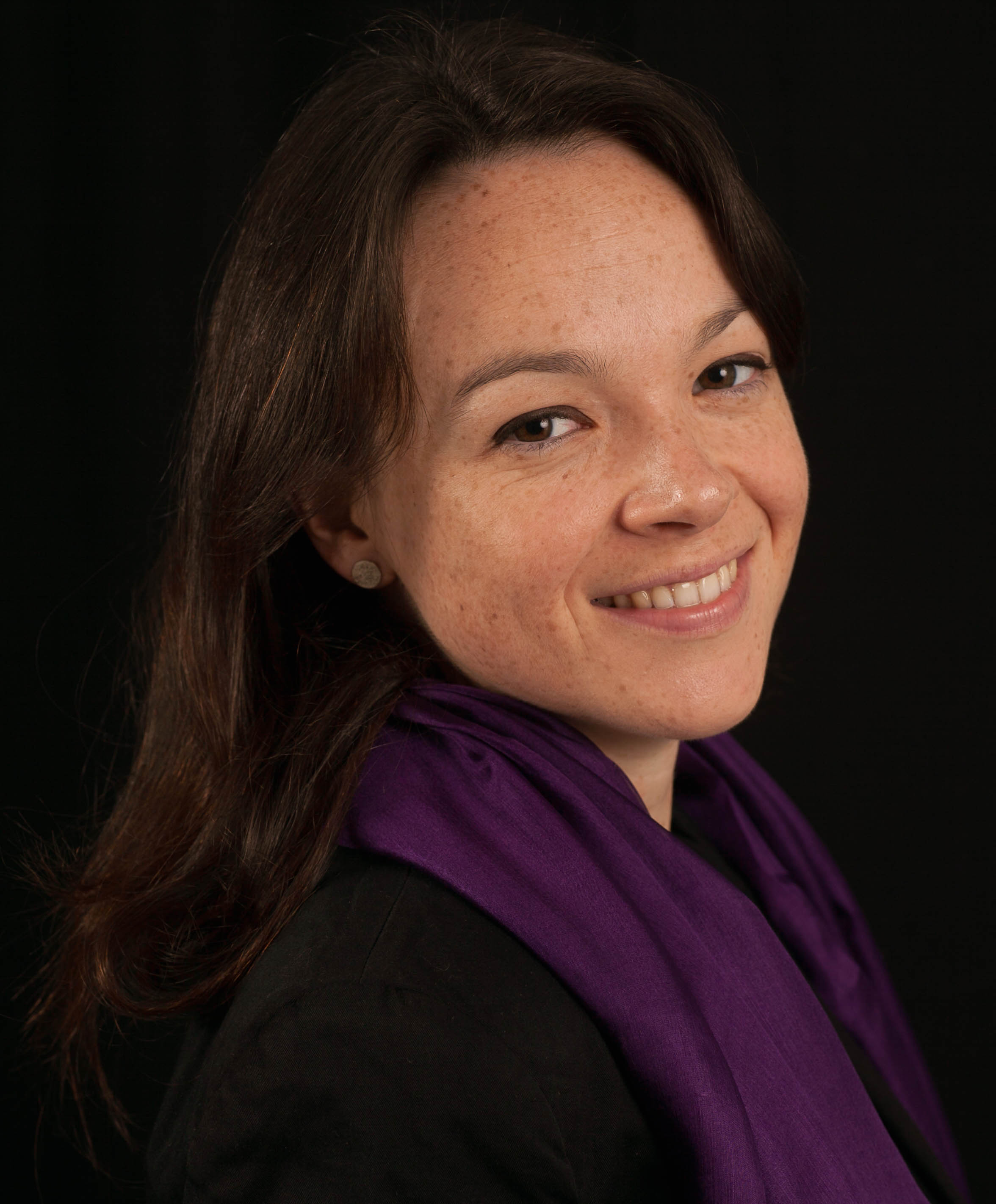Participant Info
- First Name
- Hannah
- Last Name
- Malone
- Country
- Germany
- State
- malone@mpib-berlin.mpg.de
- Affiliation
- Max Planck Institute for Human Development, Centre for the History of Emotions
- Website URL
- https://www.mpib-berlin.mpg.de/person/101990
- Keywords
- Architecture, Italy, Fascism, National Socialism, death, nationalism, martyrdom, cemeteries, heritage
- Availability
- Media Contact
- Additional Contact Information
- PhD
- PhD
Personal Info
- Photo

- About Me
I am a historian of architecture and modern Italy, interested in the politics of nationhood, death, grief and heritage. I use cemeteries, memorials and other buildings as lenses through which to look at politics and emotions.
As a researcher in the Centre for the History of Emotions at the Max Planck Institute in Berlin, I am writing a book on Fascist Italy’s military cemeteries of the First World War, which unpicks Mussolini’s vast and highly politicised campaign to exhume and re-bury fallen soldiers in large ossuaries.
Previously, I was a research fellow and lecturer at the University of Cambridge (Magdalene College). I have also held positions as an Alexander von Humboldt Fellow at the Freie Universität Berlin and as a Rome Fellow at the British School at Rome. My book Architecture, Death and Nationhood (Routledge, 2017) explores the monumental cemeteries of nineteenth-century Italy as expressions of political, religious and social change. For abstract and reviews seehere I am co-founder, with Dr Christian Goeschel, of a research network on the comparative and transnational history of Fascist Italy and Nazi Germany. My work in this field compares what happened after 1945 to the architecture of Fascism and National Socialism in Italy and Germany. My research crosses the borders between history, architecture, and history of art, while also drawing on memory and heritage studies.
- Recent Publications
1. Monograph:
1.1 Architecture, Death and Nationhood: Monumental Cemeteries of nineteenth-century Italy (Routledge, 2017), IBAN: 9781472446817
1.2 Fascist Italy, the First World War and the re-burial of fallen soldiers, in preparation 2. Articles and essays:
2.1 “Secularisation, anticlericalism and cremation within Italian cemeteries of the nineteenth century”, Modern Italy, 19, 4 (November 2014), 385–403. Winner of ASMI essay prize. https://doi.org/10.1080/13532944.2014.939165
2.2 “Revisiting the Fascist City”, Italian Studies, 70, 2 (May 2015), 269–74. Review essay.https://doi.org/10.1179/0075163415Z.000000000100
2.3 “Redipuglia and the dead” in Mausolus (summer 2017), 26–33. Winner of Essay Prize of the Monuments and Mausolea Trust.
2.4 “Legacies of Fascism: Architecture, Heritage and Memory in contemporary Italy”, Modern Italy, special issue “The Force of History”, 22, 4, 445–70, https://doi.org/10.1017/mit.2017.51
2.5 “Fascist Italy’s Ossuaries of the Great War: Objects or Symbols?”, RIHA Journal, special issue “War Graves, 1914-1989”, 0166, 27 June 2017 http://www.riha-journal.org/articles/2017/0150-0176-special-issue-war-graves/0166-malone
2.6 “New life in the modern cultural history of death”, Historical Journal (28 November 2018): 1– 20, https://doi.org/10.1017/S0018246X18000444*
2.7 “The Republican legacy of Italy’s Fascist ossuaries of the First World War”, Modern Italy, special issue, “Difficult heritage: Negotiating the architectural and artistic legacies of Fascism in post-war and contemporary Italy”. March 2019. https://doi.org/10.1017/mit.2019.7
3. Book chapters:
3.1 “Il fascismo, la Grande Guerra e i monumenti ai caduti” in Visualizzare la guerra: l’iconografiadel conflitto e l’Italia (Mimesis, 2017). http://mimesisedizioni.it/visualizzare-la-guerra.html
3.2 “Marcello Piacentini: A case of controversial heritage” in Architecture as Propaganda in Twentieth-Century Totalitarian Regimes. History and Heritage (Polistampa, 2018). http://www.polistampa.com/scheda_libro.php?id=7005
3.3 “Monte Grappa: Il sito, il sacrario e la memoria” in Per non dimenticare: sacrari del Novecento/Lest we forget: Cemeteries and military ossuaries of twentieth-century Europe, ed. Maria Grazia D’Amelio (Rome: Accademia di San Luca, 2019)
3.4 “Architecture, Politics and the Sacred in Military Monuments of Fascist Italy”, Modern Architecture and the Sacred, ed. Ross Anderson and Maximilian Sternberg (London: Bloomsbury, 2020. https://www.bloomsbury.com/uk/modern-architecture-and-the-sacred-9781350098718/
3.5. “Cultivated and constructed memory in the Bonaria cemetery in Cagliari”, Gardening Time/Scavando nel tempo (Oxbow). Forthcoming 2019.
3.6 “Modern cemeteries in Europe and North America” in Cambridge World History of Religious Architecture (Cambridge University Press). Forthcoming 2020.
- Media Coverage
- Social Media
- Country Focus
- Italy
- Expertise by Geography
- Mediterranean
- Expertise by Chronology
- Modern, 20th century, 21st century
- Expertise by Topic
- Art & Architectural History, Military, World War I, World War II


